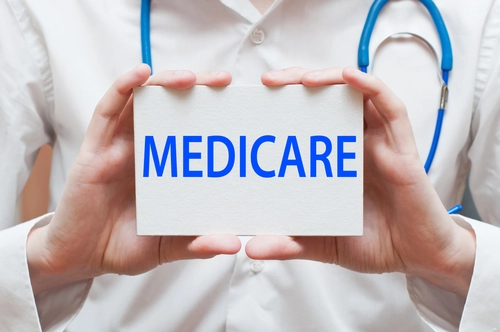CMS Delivers Some Shockers in CY 2019 MPFS Proposed Rule

Get ready for more shortcuts and rollbacks — but, at a cost. The feds continue slashing paperwork requirements with their deregulation revolution. And these long-anticipated rollbacks do significantly curtail outdated policies, which may come as a relief. But don’t get too excited — some action points may leave you with a lot less money in your pocket. Context: CMS dropped a few bombshells in last month’s Federal Register release of the proposed Medicare Physician Fee Schedule (MPFS) for CY 2019. The big news: The agency plans on a complete overhaul of E/M office visit documentation, billing, and payment as well as pro-health IT changes that will greatly impact Medicare Part B payment. “Physicians tell us they continue to struggle with excessive regulatory requirements and unnecessary paperwork that steal time from patient care,” said CMS Administrator Seema Verma in a press release on the MPFS. “This Administration has listened and is taking action.” She stressed, “The proposed changes to the Physician Fee Schedule and Quality Payment Program address those problems head-on, by streamlining documentation requirements to focus on patient care and by modernizing payment policies so seniors and others covered by Medicare can take advantage of the latest technologies to get the quality care they need.” Here’s a short list of other topics the 1,000-page-plus CY 2019 MPFS proposed rule hits on: Medicare Advantage. MIPS requirements would be waived for Medicare Advantage providers interested in participating in the QPP. The program will be called the “Medicare Advantage Qualifying Payment Arrangement Incentive (MAQI) demonstration” and is for clinicians whose “arrangements are similar to Advanced APMs,” explains the fact sheet. “Today’s reforms proposed by CMS bring us one step closer to a modern healthcare system that delivers better care for Americans at a lower cost,” said Alex Azar, HHS Secretary in a press statement. “Such a system requires empowering American patients by giving them price and quality transparency and control over their own interoperable health records, goals supported by CMS’s proposals.” Next steps: This is just a sampling of what CMS mentions in the CY 2019 MPFS proposed rule. Other updates impact clinical lab and ambulance fee schedule changes, therapy services, practice expenses (PEs), price transparency, new procedure codes and code revaluations, a Stark Law request for information (RFI), and more. Resource: For a closer look at the MPFS proposed rule for CY 2019, visit https://s3.amazonaws.com/public-inspection.federalregister.gov/2018-14985.pdf.




